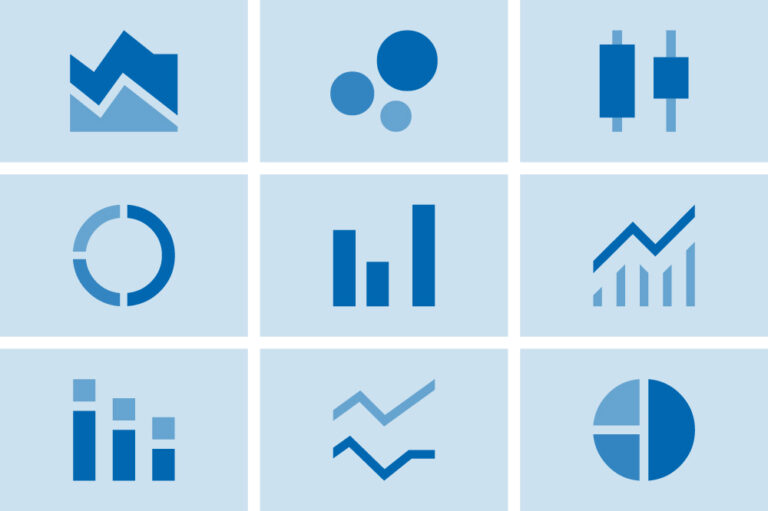The growing national debt has a direct effect on the future economic opportunities available to every American. Putting our nation on a sustainable fiscal path creates a positive environment for economic growth. With a strong fiscal foundation, the nation will have increased access to capital, more resources for future public and private investments, improved consumer and business confidence, and a stronger safety net.
However, if policymakers fail to act, the opposite is also true. If our long-term fiscal challenges remain unaddressed, our economic environment weakens as confidence suffers, access to capital is reduced, interest costs crowd out key investments in our future and the conditions for growth deteriorate — all harming the prospects for the next generation.
Effects of National Debt on the Economy
If the nation’s long-term fiscal imbalance is not addressed, our future economy will be diminished, with fewer economic opportunities for individuals and families and less fiscal flexibility to invest in key priorities or respond to future crises.
Reduced Public Investment
As the federal debt mounts, the government will spend more of its budget on interest costs, increasingly crowding out public investments. Over the next 10 years, the Congressional Budget Office (CBO) estimates that interest costs will total $13.8 trillion under current law. Currently, the United States spends more than $2.6 billion per day on interest payments.
As more federal resources are diverted to interest payments, there will be less available to invest in areas that are important for economic growth. In 27 years, CBO projects that interest costs will be the largest federal spending “program” — higher than Social Security, Medicare or national defense, and more than three times what the federal government has historically spent on R&D, non-defense infrastructure, and education combined.
Reduced Private Investment
Federal borrowing competes for funds in the nation’s capital markets, thereby raising interest rates and crowding out new investment in business equipment and structures. Entrepreneurs could face a higher cost of capital, potentially stifling innovation and slowing the advancement of new breakthroughs that could improve our lives. At some point, investors might begin to doubt the government’s ability to repay debt and could demand even higher interest rates — further raising the cost of borrowing for businesses and households.
Fewer Economic Opportunities for Americans
Growing debt also has a direct effect on the economic opportunities available to every American. High levels of debt crowd out private investments in capital goods, translating to lower productivity and, therefore, lower wages. On the other hand, reducing federal borrowing would push wages higher. According to CBO, income per person could increase by as much as $6,300 by 2050 if federal debt were reduced to around 80 percent of the size of the economy by that year (that ratio is currently around 100 percent).
In addition, high levels of debt could affect many other aspects of the economy in the future. For example, higher interest rates resulting from increased federal borrowing make it harder for families to buy homes, finance car payments, or pay for college. Fewer education and training opportunities stemming from lower investment leaves workers without the skills to keep up with the demands of a more technology-based, global economy. Faltering support for research and development make it harder for American businesses to remain on the cutting edge of innovation. Furthermore, slower economic growth generally makes our fiscal challenges even worse, as lower incomes lead to smaller tax collections putting the federal budget further out of balance.
Economic Security for Vulnerable Americans
America’s high debt jeopardizes the safety net and the most vulnerable in our society. Social Security payments represent half or more of family income for 40 percent of Social Security recipients age 65 or older (and 90 percent or more of family income for around one-seventh of recipients). Other key programs include Medicare and Medicaid, which had 67 million and 92 million enrollees in 2023, respectively.
If our government does not have the resources and stability of a sustainable budget, those essential programs, and the individuals who need them most, are put in jeopardy.
Inflation and Interest Rates
High and rising debt has the potential to worsen certain economic indicators, with serious consequences for Americans’ pocketbooks. Large deficits can lead to higher inflation as the supply of money in the economy is increased. Also, as debt climbs, higher interest rates may be needed to encourage creditors to lend to the U.S. government and confidence in the dollar may erode. Higher interest rates would make it more expensive to buy a car, finance a home, or pay for higher education.

